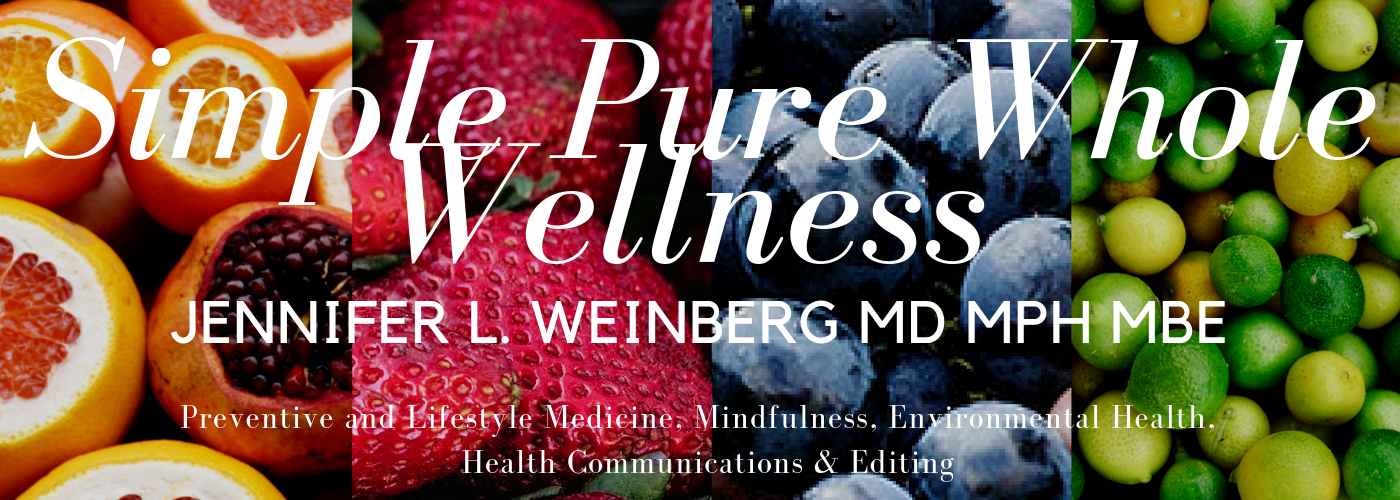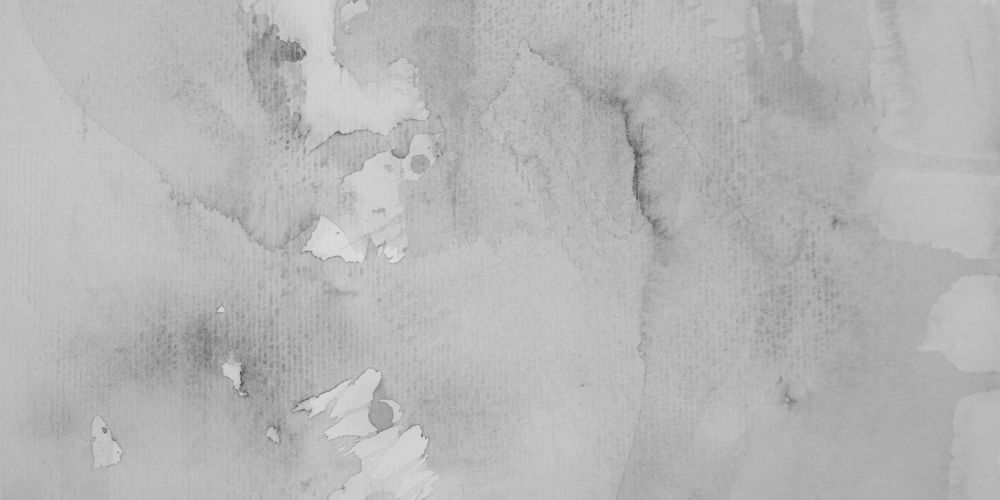From Cacao to Chocolate: The History and Making of an Ancient Superfood with Modern Benefits
Happy International Chocolate Day! There are many observances throughout the year to celebrate the consumption of this popular food, with today commemorating the birthday of Milton S. Hershey, the American confectioner, philanthropist and founder of the Hershey Chocolate Company.
Although much of the chocolate you find in the grocery store today is packed with processed sugars, non-organic dairy and other artificial and inflammatory ingredients, pure, raw chocolate has many health benefits!
Today’s post delves into the history of cacao and the process that is involved in turning this superfood into the popular sweet treat!
The History of Cacao |ka’cow|
Native cultures throughout the world have revered the cacao tress (Theobroma cacao) and often incorporated it into sacred mythology. For example, Hawaiian and Polynesian lore assigned a feminine energy to chocolate and saw it as a life-giving and sustaining substance. Cacao has also been viewed as the Food of the Gods.

While the exact origins of the Cacao plant is uncertain, theobromine has been found on pottery shards dating back to 1650-1500 BC.
The ancient Inca, Maya and Aztec people all honored Cacao. Chocolate was incorporated into ritual and celebrations. For example, it is said that Montezuma would drink up to 50 cups of Cacao before participating in sacred rituals. Cacao was so revered that it was used to pay taxes and served as a form of money.
It is thought that Cortez brought cacao back to Spain amongst his other treasures from the New World. Chocolate continued to grow in popularity throughout the world.
From Cacao to Chocolate

To get the chocolate which we are familiar with, cacao undergoes a multi-step process. This transforms raw cacao into delicious, creamy chocolate.
The Making of Chocolate
 The cacao tree is an evergreen which is native to the tropical regions of South America. This plant is grown in shady forest in tropical and sub-tropical regions of the world. One tree produces about 50-100,000 cacao blossoms which result in about one fruit per 500 flowers. Inside each cacao fruit are approximately 50 beans. It takes around 500 of these cacao beans to make one pound of chocolate!
The cacao tree is an evergreen which is native to the tropical regions of South America. This plant is grown in shady forest in tropical and sub-tropical regions of the world. One tree produces about 50-100,000 cacao blossoms which result in about one fruit per 500 flowers. Inside each cacao fruit are approximately 50 beans. It takes around 500 of these cacao beans to make one pound of chocolate!
 When the fresh cocoa beans are removed from the pod, they do not taste at all like the sweet chocolate they will become. Fermentation of the cacao beans for 5-8 days brings out different flavor profiles. This process of fermentation removes the mucilage, stops germination and begins flavor development. Next, traditional methods of chocolate making rely on sun-drying of the cacao beans following by roasting or leaving the beans raw when a raw product is desired. Further processing or winnowing separates the beans from the shell, leaving nibs and cocoa butter.
When the fresh cocoa beans are removed from the pod, they do not taste at all like the sweet chocolate they will become. Fermentation of the cacao beans for 5-8 days brings out different flavor profiles. This process of fermentation removes the mucilage, stops germination and begins flavor development. Next, traditional methods of chocolate making rely on sun-drying of the cacao beans following by roasting or leaving the beans raw when a raw product is desired. Further processing or winnowing separates the beans from the shell, leaving nibs and cocoa butter.
 Chocolate liquor (or cocoa mass) can be produced from the heated and ground nibs due to their high fat content which is liquifeid as the nib melts. This bitter liquid can then be mixed with other ingredients such as milk and sugar depending on the formulation and blended well. Further processing, if desired, can separate the fat or cocoa butter, for use in chocolate bars and beauty products. Finally, tempering and molding of the chocolate is done before it is packaged and distributed.
Chocolate liquor (or cocoa mass) can be produced from the heated and ground nibs due to their high fat content which is liquifeid as the nib melts. This bitter liquid can then be mixed with other ingredients such as milk and sugar depending on the formulation and blended well. Further processing, if desired, can separate the fat or cocoa butter, for use in chocolate bars and beauty products. Finally, tempering and molding of the chocolate is done before it is packaged and distributed.
Stay tuned for some healthy, gluten-free cacao recipes in an upcoming post.
What is your favorite way to enjoy chocolate and cacao? Do you “worship” chocolate?
*These are products that I use and should not be considered medical advice. AFFILIATE DISCLOSURE: Amazon offers a small commission on products sold through their affiliate links. Prices are exactly the same for you if your purchase through an affiliate link or a non-affiliate link. Thank you!
 For more allergy-friendly recipes, nutrition information and wellness solutions, join my FREE insider’s community and ezine here and be sure to follow me on Facebook, Instagram and Twitter!
For more allergy-friendly recipes, nutrition information and wellness solutions, join my FREE insider’s community and ezine here and be sure to follow me on Facebook, Instagram and Twitter!
This post was shared with: Motivation Monday, Marvelous in My Monday,A Round tuit, Much Ado About Monday, Tuesday’s Table, Two Cup Tuesday, Healthy, Happy, Green & Natural Party Blog Hop, Fat Tuesday, Create and Share DIY & Recipe Party, Waste Not Want Not Wednesday, Inspire Me Wednesday, Wow Us Wednesday, Whimsy Wednesday, Pin-Worthy Wednesday, Creative Spark Link Party, Crafty & Delicious Party, Full Plate Thursday, Create It Thursday, Family Fun Friday, Weekend Retreat, Friday’s Five Features, Tip Tuesday



Comments
Debbie
Since I increased my magnesium intake, my chocolate cravings disappeared. I still love it, but I don’t “need” it anymore.
Great information, Jennifer. Thanks for sharing.
#tiptuesday
Dr. Jennifer L. Weinberg, MD, MPH, MBE
It is so fascinating how the body works isn’t it?! Thanks for stopping by!
Caroline
Still not 100% sure how to pronounce it (is it: kuh-kay-oh? cah-cow?), but it is incredible when you’re dying for chocolate and don’t want t add all the sugar and such that you get in cocoa packets and the like!
Dr. Jennifer L. Weinberg, MD, MPH, MBE
Thanks for stopping by Caroline! That is a tricky one…I have heard both pronunciations with cah-cow more common in US English and cuh-kay-oh being said by some Cacao farmers I met in the French and British caribbean islands. Either way, I agree it is a great option to keep special treats healthier!
Deborah Davis
I love to add cacao to my smoothies or I sometimes make cacao chia puddings. Either way I love the taste and the health benefits. Thank you for sharing this healthy information with us at the Healthy Happy Green and Natural Party Blog Hop! I’m pinning and sharing. I can’t wait to see what you share with us next!
Dr. Jennifer L. Weinberg, MD, MPH, MBE
Cacao chia pudding sounds wonderful! Thanks for sharing and hosting the Healthy Happy Green and Natural Party Blog Hop!
Krissy @ Pretty Wee Things
I love that cacao was used as a form of trade! If only that continued! Thanks for stopping by Pin Worthy Wednesday, hope to see you again next week 🙂
Dr. Jennifer L. Weinberg, MD, MPH, MBE
Thank you Krissy for stopping by and for hosting Pin Worthy Wednesday! Hope you have a great week 🙂